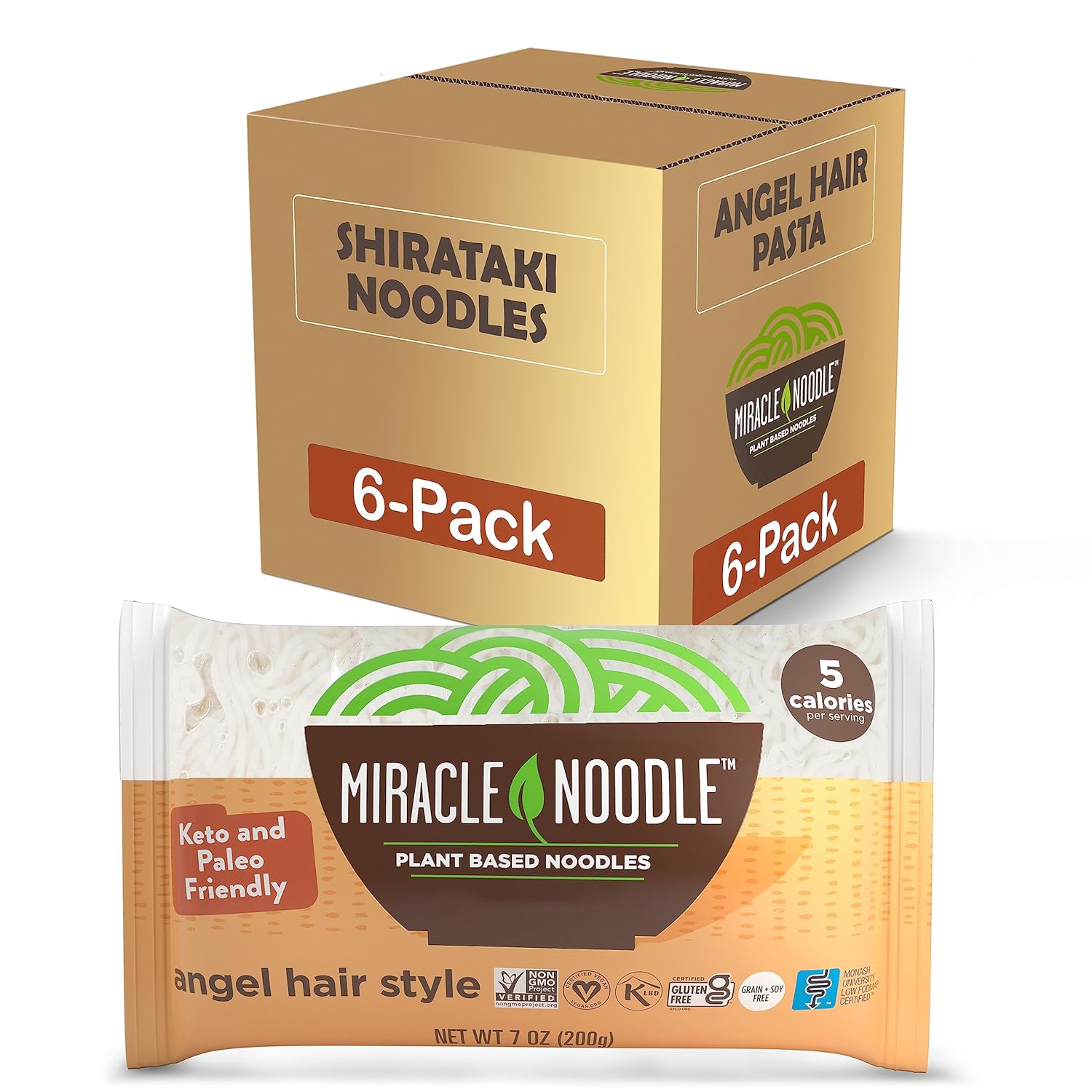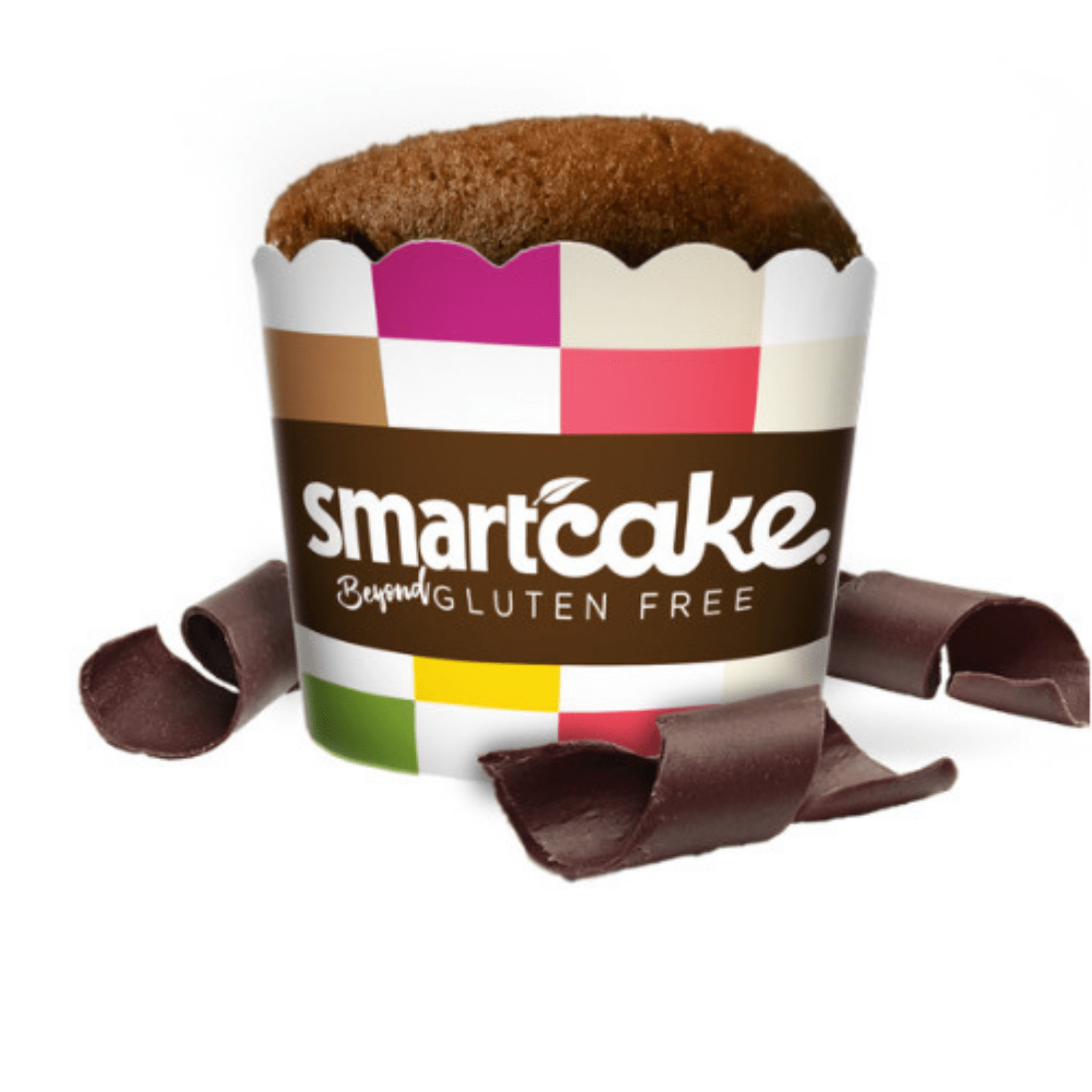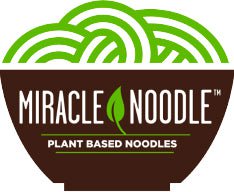The sun giveth and the sun taketh. Located 95 million miles away from us, the massive hydrogen and helium nuclear reactor is life’s ultimate double-edged sword. On one hand, the sun provides us with food and energy, and makes us feel happier by activating serotonin.
When we expose our skin even just a little bit to the sun, we can synthesize vitamin D, which helps support our immune system and bones among other things.
But unprotected exposure to ultraviolet (UV) radiation can also cause skin cancer. In fact, approximately two million new cases of melanoma, non-melanoma and other skin cancers are diagnosed every year in the USA. [SOURCE].
Keratinocyte carcinomas, or KCs for short, are a type of skin cancer. KCs are the most common of all cancers, being more prevalent than breast, prostate, lung and colon cancers combined.
Eating healthy is no guarantee that you won’t get skin cancer. However, by frequently eating the following nutrient-dense foods, you may help protect your skin from UV damage.
Best Foods For Preventing Sunburn
Tomato Paste
Tomato paste contains a very high amount of a class of antioxidants called carotenoids. Specifically, tomato paste is very rich in a carotenoid called lycopene. Lycopene is what gives tomatoes its rich red color. In a study published in the Journal of Nutrition, researchers measured the sun-damage-protecting effects of tomato paste and olive oil versus olive oil alone.
Olive oil contains a wide variety of carotenoids but in comparison to tomato paste isin lycopene.
A group of volunteers consumed tomato paste and olive oil over a 10-week period. The control group received olive oil only. Both groups had erythema (a superficial reddening of the skin) induced with a solar simulator at the beginning of the study, and after the 4-week and 10-week marks.
After the 10-week mark the erythema formation was 40% lower in the group that only consumed tomato paste. Several other studies have confirmed the benefits of lycopene for UV damage repair and protection.
Tomatoes
Of course if tomato paste is beneficial for skin protection, it should stand to reason that tomatoes should be as well. The advantage of tomato paste is that it offers a concentrated source of lycopene. But that doesn’t mean tomatoes should be skipped (The exception: if you have an autoimmune disorder that affects your joints or an allergy to nightshade vegetables.)
Remember carotenoids, the class of antioxidants to which lycopene belongs? Well, carotenoid-rich foods like tomatoes (red peppers and watermelons are also excellent sources) scavenge what are called “reactive oxygen species” or ROS for short.
ROS damages your DNA whether it’s from UV exposure or harmful chemicals. When you eat a diet rich in carotenoids, your skin stands a better shot at not becoming beet red. Speaking of beets, as their color would suggest, yes, they, too, are an excellent source of carotenoids.
Lycopene, being the main carotenoid in tomatoes, has been shown to be the most effective single ROS scavenger.
If you have a take ‘em or leave ‘em relationship with tomatoes, perhaps you’re wondering if you can just take a lycopene supplement. In this study, researchers say that whole tomatoes “Appear more efficacious in preventing redness after UV exposure, suggesting other phytochemicals in tomatoes may additionally contribute to this effect.”
Grapes
Picture ancient Romans feasting in the sun, devouring wine and grapes in all their bacchanalian glory. Modern research confirms that maybe the Romans were on to something in their love of all things grapes.
Grapes contain a family of antioxidant substances called polyphenols. Within the polyphenol group are proanthocyanidins. Grape seeds are rich in proanthocyanidins while grape skins contain another type of polyphenol called resveratrol.
These antioxidants have been touted for their protective roles on the heart. But research shows that these antioxidants can also protect your skin. For instance, the title of this study says it all: Proanthocyanidins from Grape Seeds Inhibit UV Radiation-Induced Immune Suppression in Mice.
Studies show that proanthocyanidins in grape seeds stimulate the repair of damaged DNA. These compounds also activate dendrites, which are special immune cells in the skin that boost the immune response.
Unfortunately, most grapes sold in supermarkets have been bred to not eliminate the seeds. That’s a shame because 60% to 70% of sun-damage-preventing proanthocyanidins are found in the grape seeds. If you can’t find grapes with seeds, or don’t like chewing the seeds, you can buy a grape seed proanthocyanidins (GSP) supplement.
Sweet Potatoes, Carrots, Spinach
These three foods are rich in beta-carotene. Beta-carotene is the pigment in plants that gives these healthy veggies their bright color—and their sunburn-protection abilities. Beta carotene is a precursor to vitamin A, which is a nutrient that is helpful in battling sun damage.
It’s best to start eating these foods several weeks before summer starts. That’s because it takes time for your body to build up enough beta-carotene.
Wild salmon
Many people realize that wild salmon is a superfood owing to its heart-protective omega-3 essential fatty acid profile. It turns out that omega-3s can also reduce immune suppression caused by sunlight exposure.
But there’s more to sockeye that meets, well, the eye. In addition to omega-3’s, salmon contains a phytochemical that gives the fish its pinkish-reddish pigment. The phytochemical belongs to the group of chemicals mentioned above called carotenoids.
There’s one specific carotenoid that may be especially beneficial for protecting your skin. It’s called astaxanthin. Astaxanthin protects cells from irradiation and oxidation. This helps prevent or minimize the signs of both UVA and UVB damage.
UVA damage causes cosmetic crises such as wrinkles and skin sagging; UVB radiation causes damage to the skin. Astaxanthin, in studies like this, has been shown to not only improve the appearance of wrinkles, but also improve skin elasticity, moisture, age spots, and skin texture.
You can also take an astaxanthin supplement. This study recommends a dose of 3.6 mg per day.
Sunscreen
Obviously, you don’t want to eat sunscreen, but hopefully eating the above foods will act as a natural sunscreen. But you should still apply sunscreen if you’re spending time outdoors with your skin exposed. Before applying sunscreen, expose your skin to direct sunlight for 5 minutes so that you increase your chances of synthesizing vitamin D. Then, apply a full-spectrum (UVA and UVB) natural sunscreen that has a safe score on the Environmental Working Group’s Skin Deep database.



